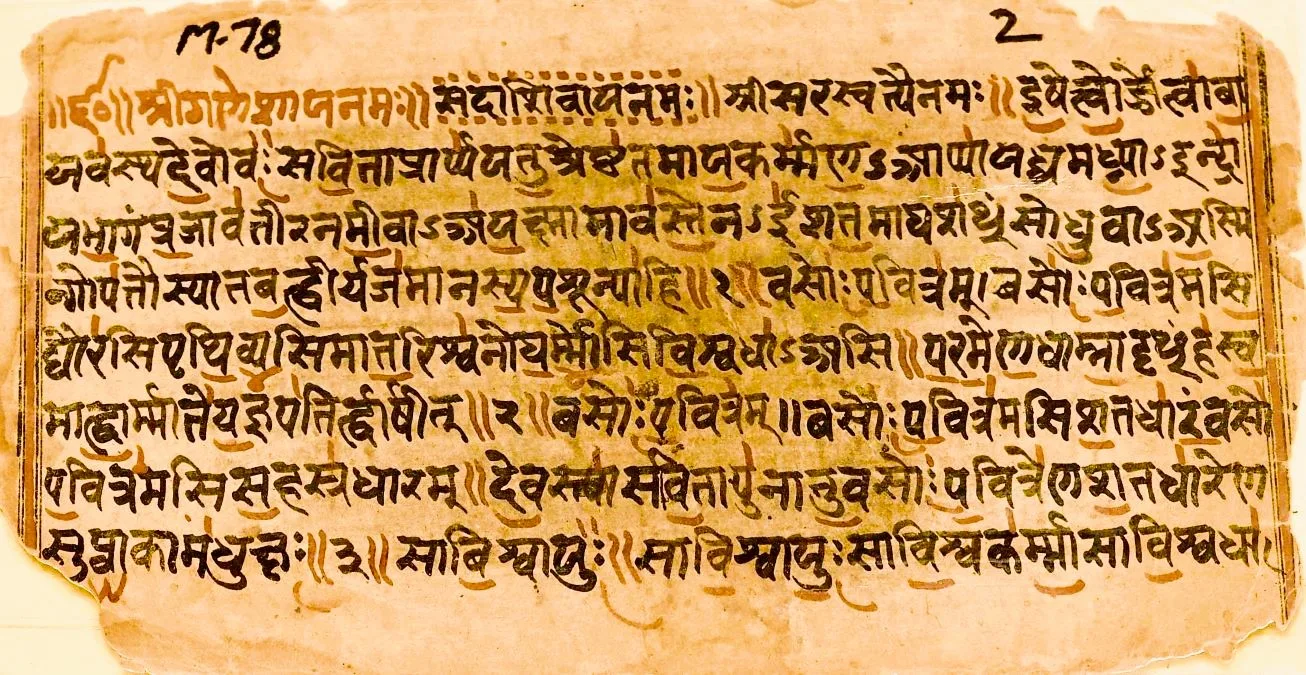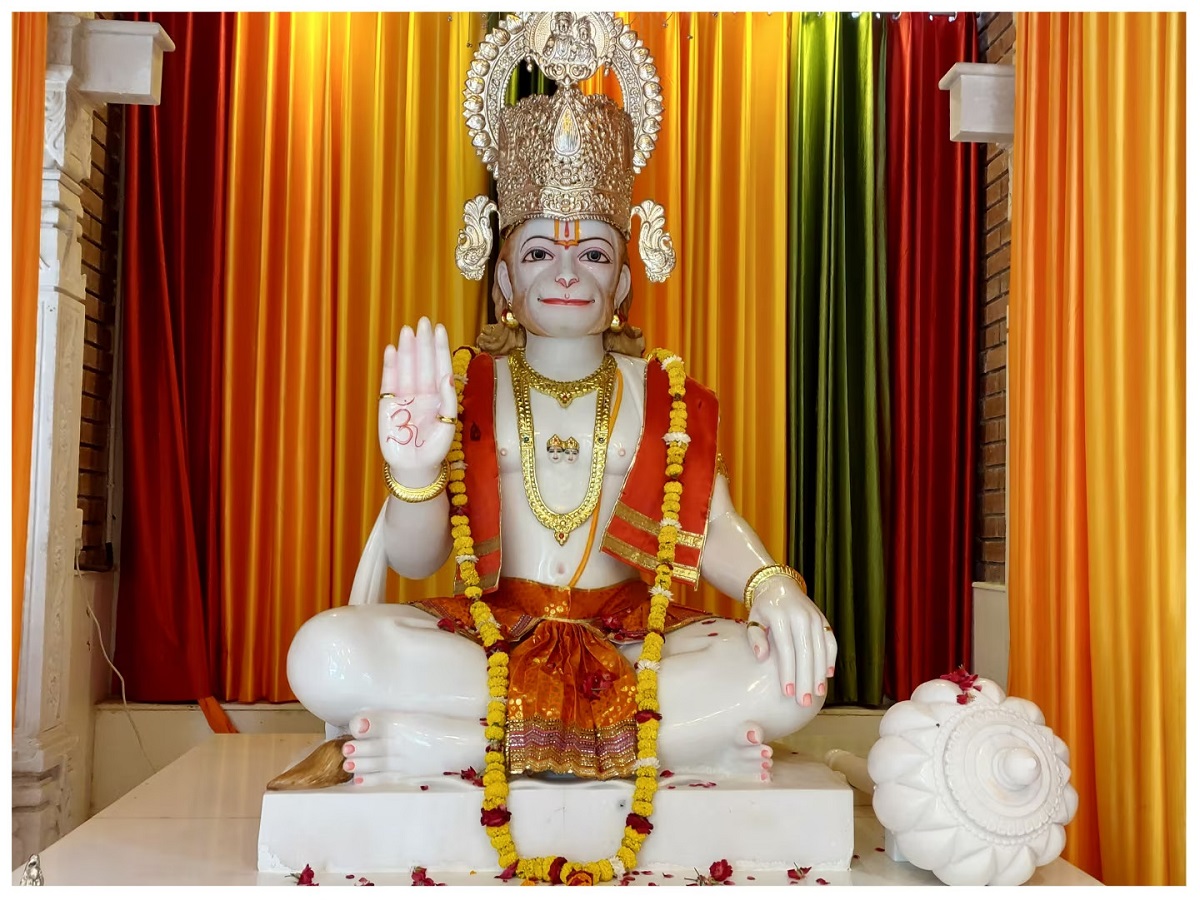The YajurVeda, an important part of Hinduism’s rich spiritual tradition, ranks high among the four Vedas. This ancient work, rooted in complex ritualistic practises, provides a deep insight into the religious and intellectual components of ancient India. We go into the essence of the Yajur Veda in this article, offering light on its origins, divisions, and significance.
Origins and Significance
The name “Yajus” means “worship,” whereas “Veda” means “knowledge.” As a result, the Yajur Veda can be viewed as a repository of knowledge concerning worship practises. This Vedic literature, written between 1200 and 800 BCE, arose at the same time as the Samaveda and Atharvaveda. It is thought to have originated on Brahm’s southern face, which contributes to its importance in ritualistic practises.
The Yajur Veda is largely concerned with mantras uttered by priests during rituals such as yajnas or fire sacrifices. These mantras, known as yajus, were crucial in attracting divine energy and obtaining favours from the celestial realms. Such rituals were extremely important in ancient societies, as they fostered a connection between the mortal and divine realms.
Divisions of Yajur Veda
The Yajur Veda can be categorized into two main divisions: the Shukla (White/Bright) Yajurveda and the Krishna (Black/Dark) Yajurveda. Each division further comprises distinct recensions, adding to the diversity and richness of this Vedic text.
- Shukla Yajurveda: This division is characterized by its well-organized and comprehensible verses. It features around 16 recensions, with the Madhyandina and Kanva recensions being the most well-preserved. The Shukla Yajurveda’s verses provide insights into various rituals and spiritual practices, contributing to a deeper understanding of the Vedic way of life.
- Krishna Yajurveda: The Krishna Yajurveda is more complex in structure, with as many as 86 recensions, though most have been lost over time. The surviving recensions, such as Taittirya, Maitrayani, Kathaka, and Kapisthala, present varying interpretations of the rituals and mantras. Despite its intricate nature, the Krishna Yajurveda offers valuable insights into the spiritual practices of ancient India.
Key Recensions and Their Significance
- Taittirya Samhita: Among the recensions, the Taittirya Samhita stands out as one of the most renowned and well-preserved. This recension is associated with the Taittiriya school of the Yajur Veda and contains hymns, mantras, and prayers divided into seven kandas (books). Its profound content reflects the intricate connection between rituals, spirituality, and cosmic order.
- Maitrayani Samhita: This recension differs significantly from the Taittirya Samhita in terms of content and order. It stands as the earliest surviving Yajurveda Samhita and provides comprehensive insights into a wide array of rituals and practices. Its unique perspective adds depth to our understanding of Vedic traditions.
- Kathaka Samhita: The Kathaka Samhita, attributed to the disciple Katha, offers a detailed account of rituals and narratives that enhance the comprehension of Vedic practices. Its emphasis on storytelling and detailed descriptions provides a holistic view of the interconnectedness between rituals, symbolism, and ancient beliefs.
- Kapisthala Samhita: This recension, often considered similar to the Kathaka Samhita, contributes to the diversity of interpretations within the Krishna Yajurveda. Despite its fragmented state, the Kapisthala Samhita remains a valuable source for scholars seeking to explore the nuances of Vedic rituals.
Conclusion
The Yajur Veda, a treasure trove of ritualistic wisdom and spiritual insights, provides a glimpse into ancient India’s profound practises. Its divisions, recensions, and diversified material attest to Vedic culture’s complexity and depth. Exploring the Yajur Veda is essential not only for those preparing for the UPSC Civil Service Exam, but also for everyone interested in unravelling the spiritual tapestry of past civilizations. We obtain a better understanding of the delicate interplay between the earthly and the holy as we explore deeper into its verses and meanings.



